Cycads (order Cycadales), are a group of gymnospermous plants that originated about 300 million years ago. They spread and were an important component of the flora all over the planet during the Mesozoic era, the age of the dinosaurs. More recently, they have decreased in both the number of individuals and number of species, and today many species are threatened by human activity, both as a consequence of deforestation and habitat reduction, and because they are highly sought after by collectors. As a result, numerous species have the same level of international protection as mountain gorillas.
These ancient plants live, with different genera, in all continents that are included in the intertropical zone (thus, they do not grow only in Europe and Antarctica). They have a characteristic appearance, resembling palms, with large pinnate leaves and a stout trunk that does not branch. They have stems ranging from a few centimeters to several meters in height. They are dioecious, meaning that individual plants are either male or female, and almost all genera produce reproductive structures in the form of cones, often very large. Eleven genera and about 300 species are presently known.
Further information on biology and conservation.
They live in symbiosis with photosynthetic microorganisms that fix atmospheric nitrogen, providing the plants with nitrogenous substances that help them in their growth. They are all poisonous, as a consequence of the presence of a variety of toxic compounds, but in the past, due to the considerable presence of starch in the seeds and stem, they were used in human food after rinsing for a long time in water the flour obtained from the plant. The great physician and writer Oliver Sacks wrote an essay on this topic, entitled "Cycad Island" in which he describes neurodegenerative problems of the inhabitants of Guam Island in the Pacific because of habitual consumption of these plants (or, as later discovered, of the bats in turn feeding on the plants).
The collection of Cycadales at the Botanical Garden of Naples was established from a bequest of remarkable specimens by Prof. Luigi Califano Sr. (1901-1976), a great clinical pathologist and amateur botanist. To these specimens, numerous plants collected by Profs. Aldo Moretti, Paolo De Luca, and Sergio Sabato during countless expeditions in Mexico, Central and South America, and Africa have been added. It is currently considered one of the collections with the greatest biodiversity in the world and is particularly rich in species of Ceratozamia, Dioon, Encephalartos, and Zamia.
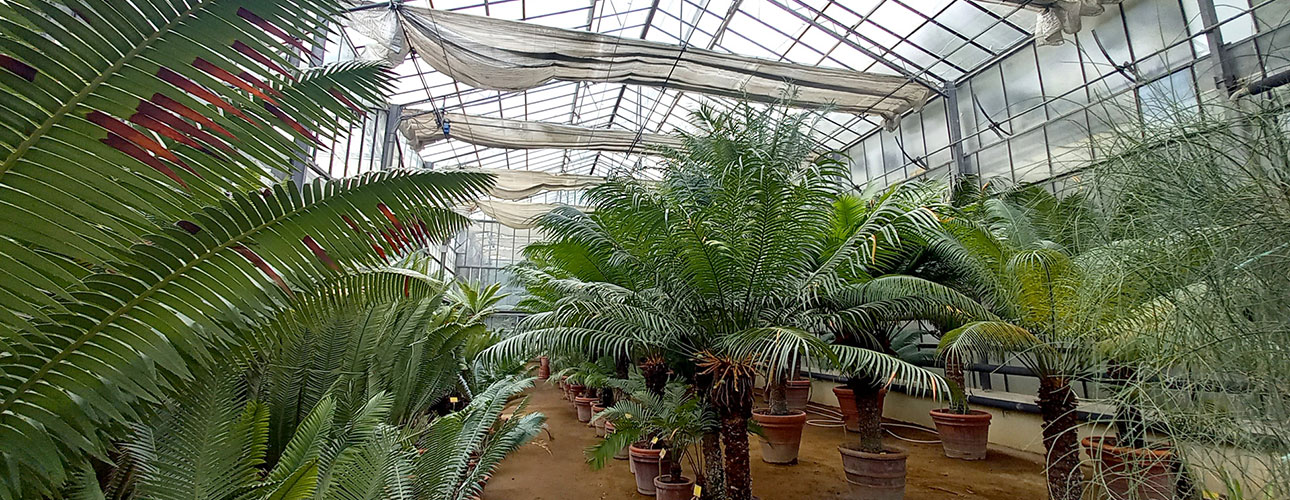
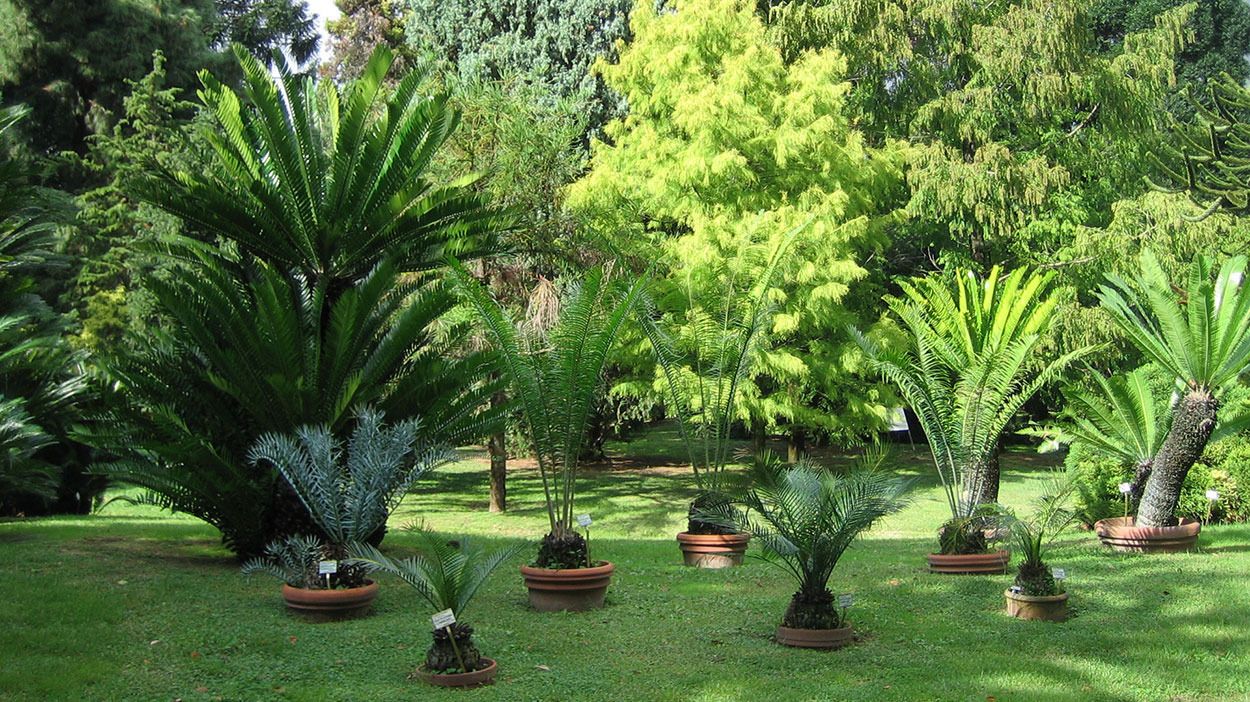
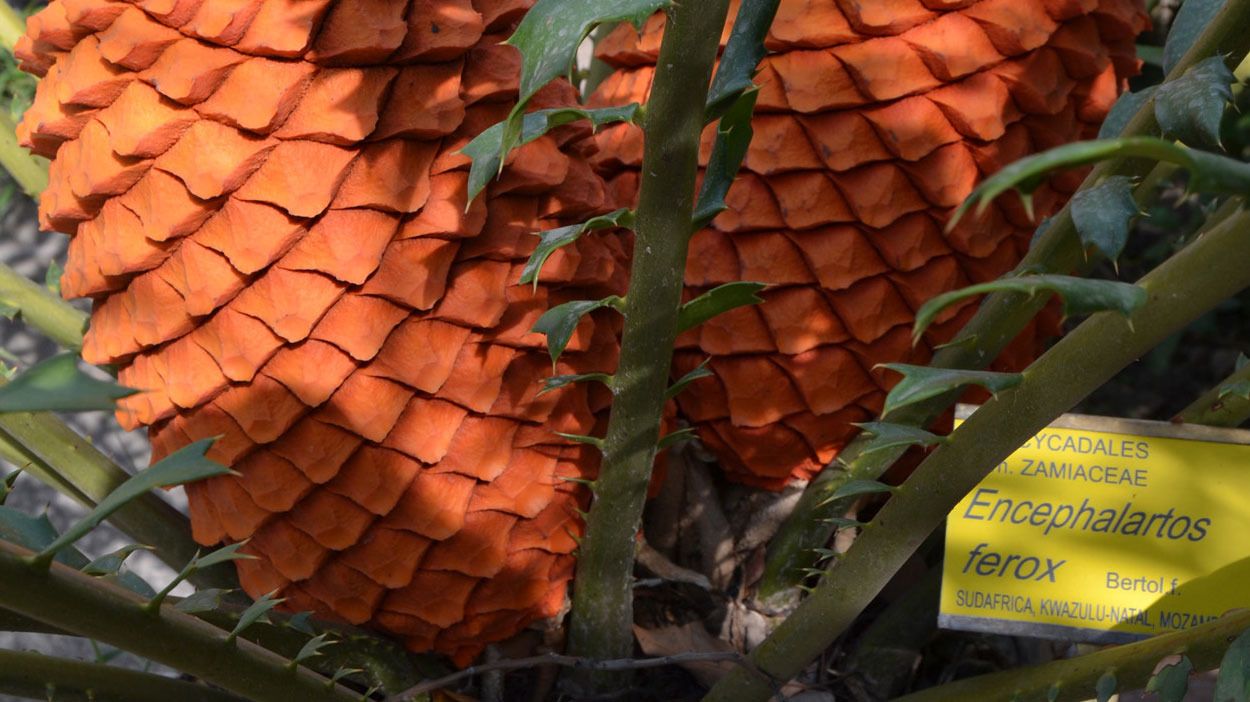

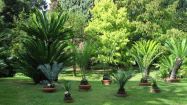
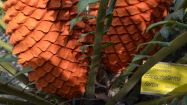
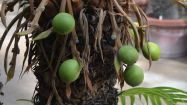

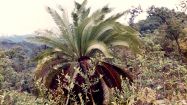
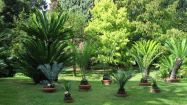
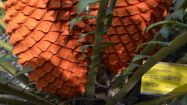
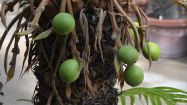

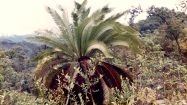

 Sistema Museale di Ateneo
Sistema Museale di Ateneo